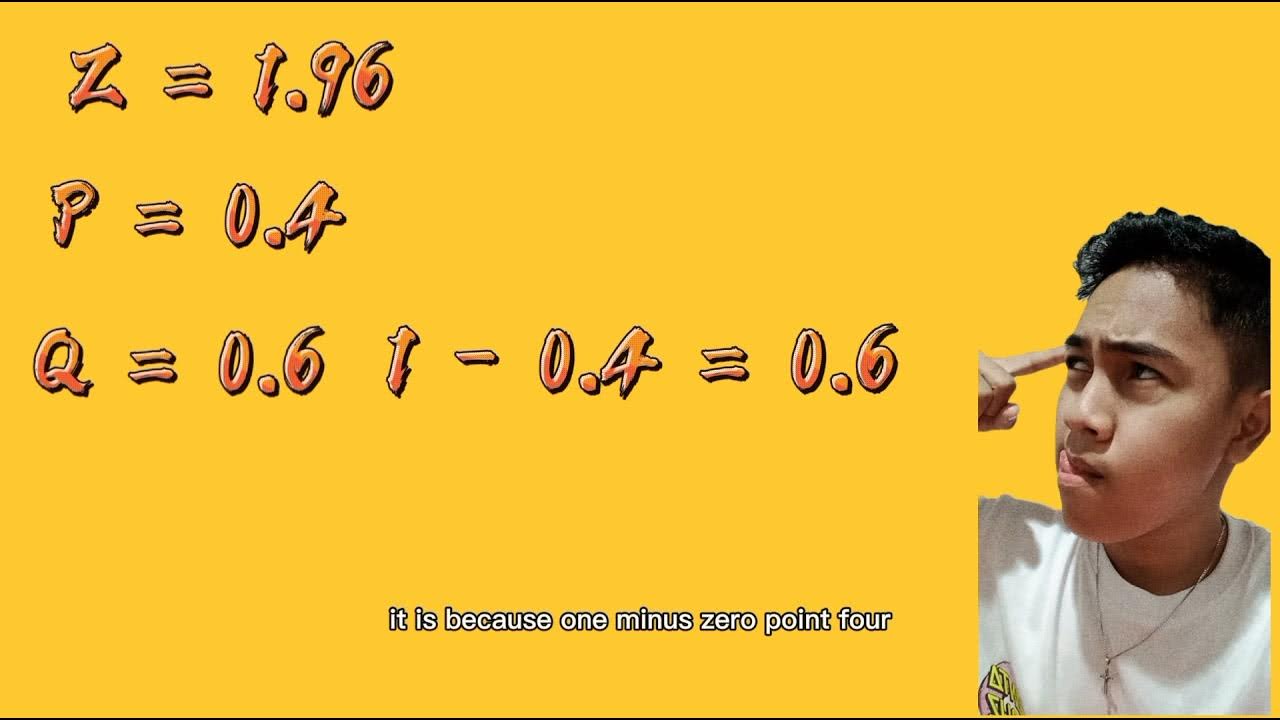Total Flavonoid Levels Using UV-Vis Spectrophotometer
Summary
TLDRIn this video, the presenter demonstrates a method for determining the total flavonoid content in a sample extract. Using quercetin as a standard, they prepare solutions of varying concentrations and mix them with AlCl3. After incubation, the absorbance is measured using a UV-Vis spectrophotometer, and a calibration curve is generated. The presenter explains how to calculate the flavonoid content by using regression analysis, with the final result given as 25.67 mg of quercetin equivalent per gram. The process aims to accurately quantify flavonoid content for analytical purposes.
Takeaways
- 😀 Quercetin was used as the standard to determine the total flavonoid content in the extract.
- 😀 A 1000 ppm quercetin solution was prepared, with 0.025 grams (25 mg) of quercetin in 25 mL of solvent.
- 😀 The calibration curve was constructed using four different concentrations: 10, 20, 30, and 40 ppm of quercetin.
- 😀 The samples and quercetin solutions were prepared in 10 mL flasks and incubated with AlCl3 to react with flavonoids.
- 😀 The incubation was done for 30 minutes, away from light, to ensure proper reaction.
- 😀 The absorbance of the samples was measured using a UV-Vis spectrophotometer at a wavelength of 460 nm.
- 😀 Two absorption peaks were identified for quercetin, with the stronger peak being at 460 nm.
- 😀 The standard blank solution used for calibration was ethanol, matching the solvent used in the experiment.
- 😀 The absorbance data from the calibration curve was used to calculate the flavonoid content in the samples.
- 😀 Using the regression equation (y = 0.022x + 0.0418) with the sample absorbance, the flavonoid concentrations were calculated.
- 😀 The total flavonoid content was calculated as 25.67 mg of quercetin equivalent per gram of sample, with a standard deviation of ±0.06 mg.
Q & A
What is the purpose of the experiment described in the video?
-The purpose of the experiment is to determine the total flavonoid content in an extract by using quercetin as a standard and applying a calibration curve method.
How was the quercetin standard solution prepared?
-The quercetin standard solution was prepared by weighing approximately 25 mg of quercetin (0.025 grams) and dissolving it in a 25 mL volumetric flask to create a 1000 ppm solution.
What concentrations of quercetin were used in the experiment?
-The concentrations of quercetin used were 10 ppm, 20 ppm, 30 ppm, and 40 ppm, prepared in 10 mL volumetric flasks.
What role does AlCl3 play in this experiment?
-AlCl3 is used as a reagent to react with quercetin, forming a complex that allows the flavonoids to be measured by spectrophotometry at specific wavelengths.
Why was the absorbance measured at 460 nm instead of 420 nm?
-The absorbance was measured at 460 nm because it showed higher absorbance and provided a more linear response in the calibration curve compared to 420 nm.
What was the result of the regression analysis of the calibration curve?
-The regression analysis resulted in the equation y = 0.022x + 0.0418, with a correlation coefficient (R²) of 0.9838, indicating a good linear relationship between absorbance and concentration.
How were the sample flavonoid concentrations determined?
-The sample flavonoid concentrations were determined by using the absorbance values, applying the regression equation to calculate the concentration in terms of quercetin equivalent (mg Q/g).
How was the total flavonoid content expressed in the final results?
-The total flavonoid content was expressed as the amount of quercetin equivalent per gram of sample, with the final result being 25.67 mg Q/g ± 0.06.
What is the significance of using quercetin as the standard in this experiment?
-Quercetin is used as the standard because it is a well-known flavonoid with established absorbance properties, allowing it to be used to calculate the total flavonoid content in other samples.
What is the method of sample analysis used in this experiment?
-The method used for sample analysis is spectrophotometry, where absorbance values are measured, and the total flavonoid content is calculated using a calibration curve derived from quercetin standards.
Outlines

Esta sección está disponible solo para usuarios con suscripción. Por favor, mejora tu plan para acceder a esta parte.
Mejorar ahoraMindmap

Esta sección está disponible solo para usuarios con suscripción. Por favor, mejora tu plan para acceder a esta parte.
Mejorar ahoraKeywords

Esta sección está disponible solo para usuarios con suscripción. Por favor, mejora tu plan para acceder a esta parte.
Mejorar ahoraHighlights

Esta sección está disponible solo para usuarios con suscripción. Por favor, mejora tu plan para acceder a esta parte.
Mejorar ahoraTranscripts

Esta sección está disponible solo para usuarios con suscripción. Por favor, mejora tu plan para acceder a esta parte.
Mejorar ahoraVer Más Videos Relacionados
5.0 / 5 (0 votes)






